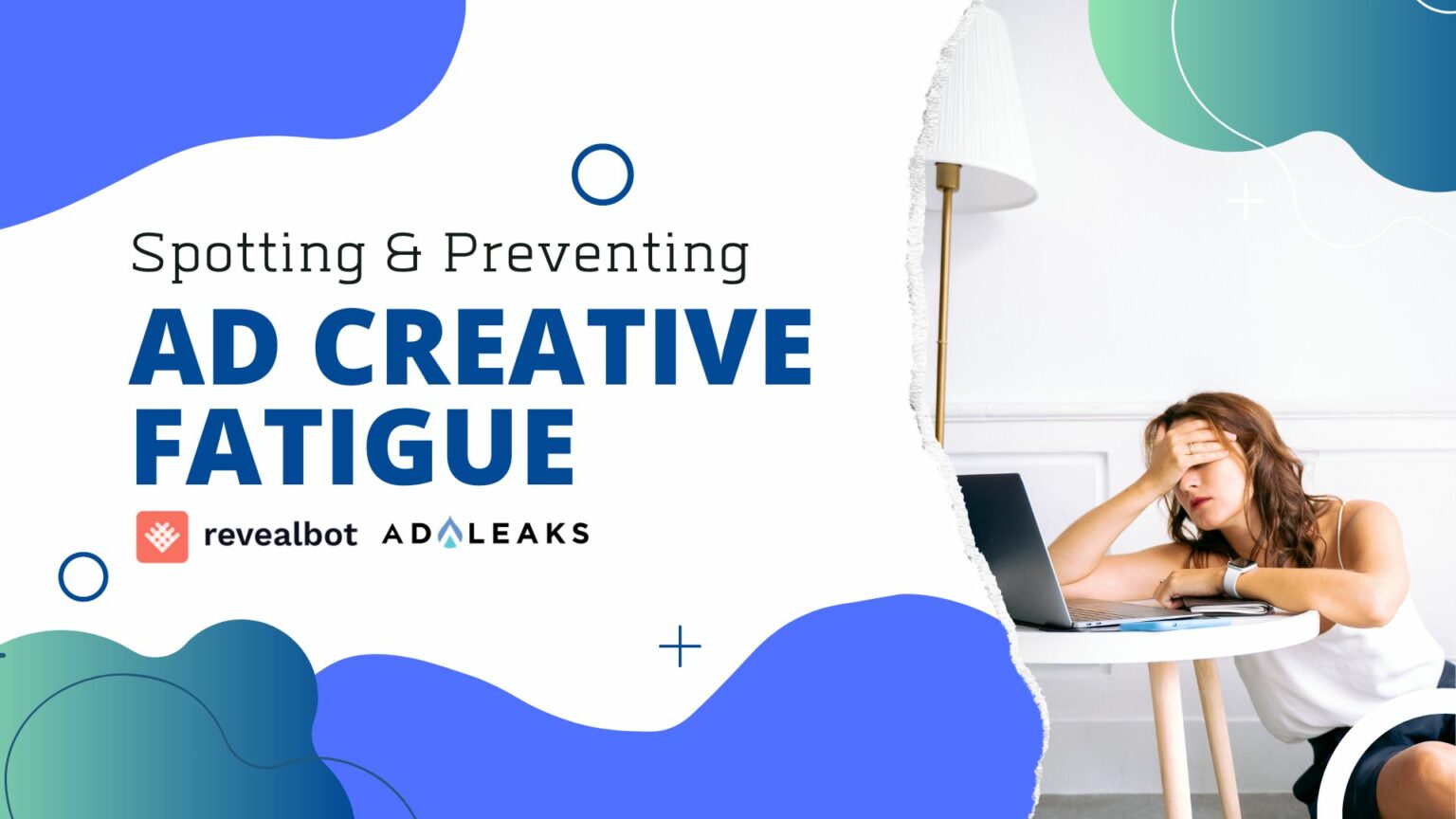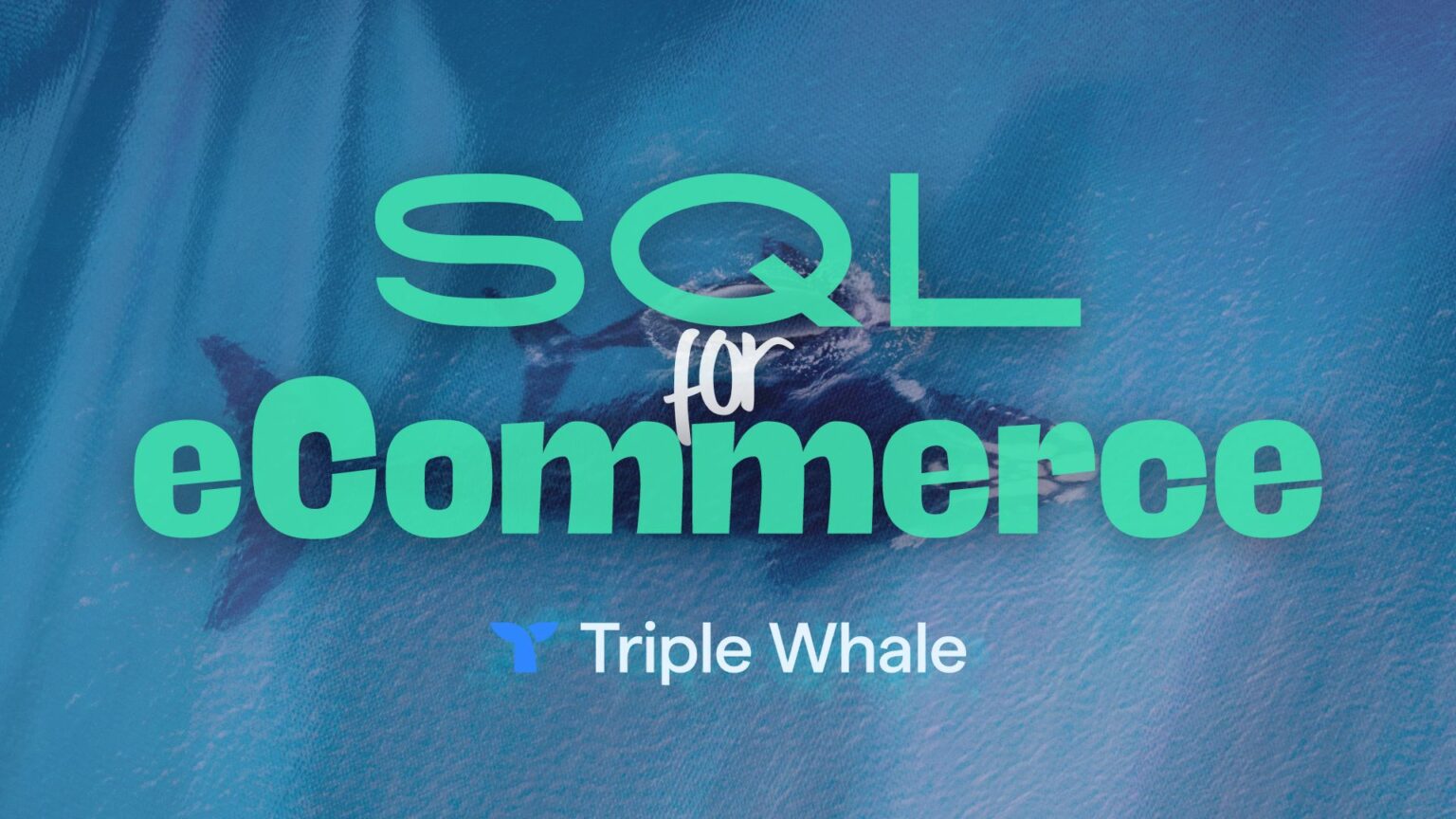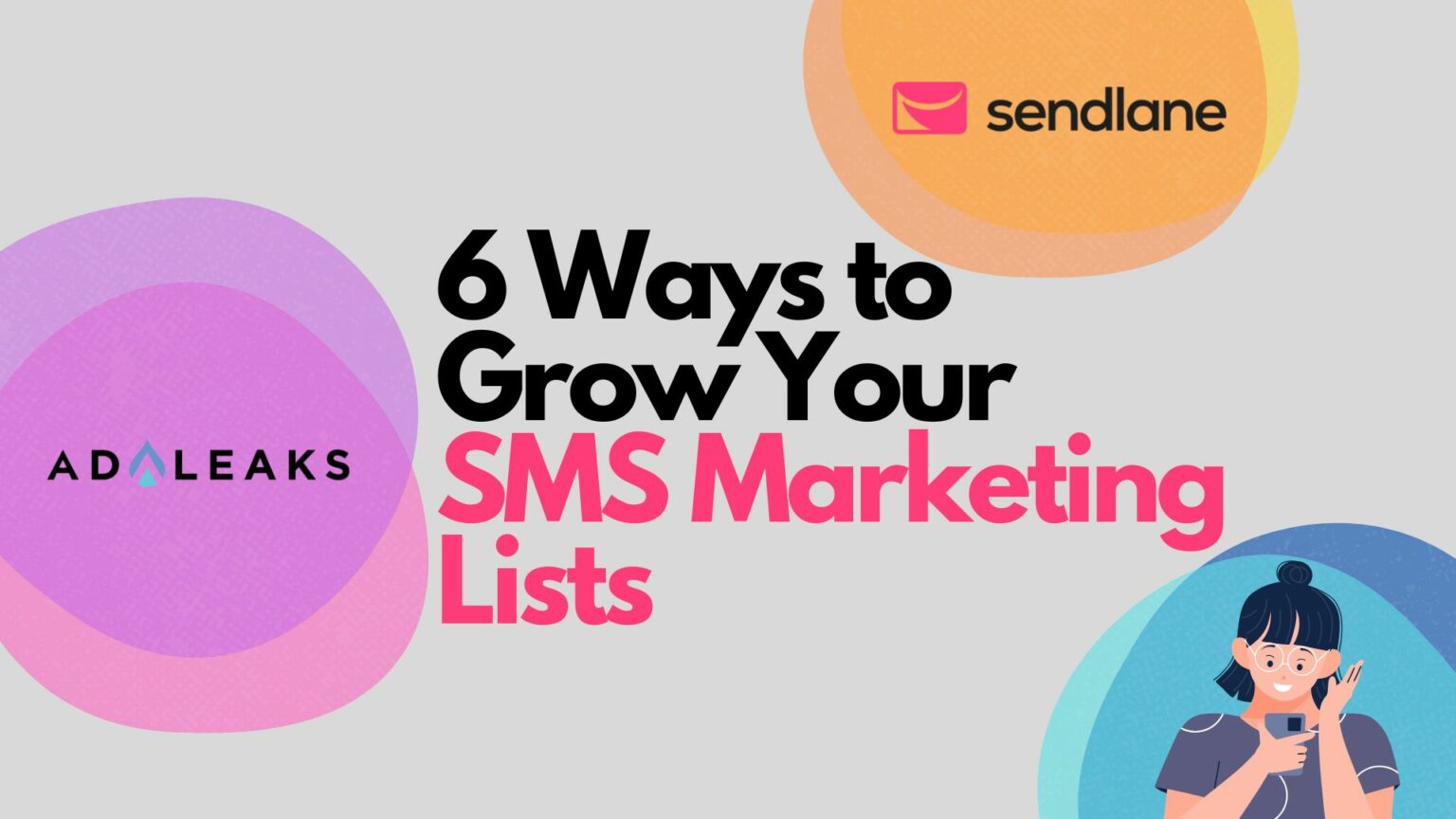
Increase Your Customer Lifetime Value with This Framework


Focusing on Customer Lifetime Value (CLTV) is a not-so-secret strategy that many 8-9 figure eCommerce store owners rely on.
We've had a similar experience with our own clients. They were able to scale up much faster on cold traffic by increasing their CLTV.
This article will let you in on the three-step SOP Framework that we use to help increase eCommerce store’s CLTV using email marketing.
What Does Customer Lifetime Value Mean to Your eCommerce Business?
Customer Lifetime Value (CLTV) is the amount each of your customers spends in your store, on average, over their entire lifetime.
How do you get this data? There are a lot of things to consider in measuring your CLTV, but here’s the simplest and quickest way is to divide your total revenue by your total number of customers.
CLTV = Total Revenue/Total number of your customers
Let’s say, for example, that the total revenue of your store to date is $1 million. If you have 5,000 customers in total, then your CLTV is $200 per customer.
Why is Customer Lifetime Value Important for Scaling eCommerce Stores?
There are two major reasons why having a higher CLTV is important, especially for scaling up to 7-8 figures and beyond.
Let’s jump in:
1. Higher CLTV means more revenue and profit.
Let’s do a very straightforward calculation. If you have 50,000 customers and your CLTV increases by even just $20, you get an additional $1 million in revenue.
Further, if you’re using email marketing to boost your customer lifetime value, your profit margins will be extremely high because your traffic costs are basically zero.
2. Higher CLTV means you can spend more to acquire a customer.
Dan Kennedy said that “the business that can spend the most to acquire a customer wins.”
This essentially means that if you can spend more on acquisition, you’ll be able to get new customers at a much faster rate. This will result in growing your business faster.
With that in mind, increasing your CLTV gives you the flexibility to spend more on acquisition because you know that you’ll earn those outlays back as profit over time.
Put simply, every dollar increase in your CLTV translates to faster growth and more revenue. This is why fast-growing eCommerce brands spend a lot on increasing their CLTV.
So how exactly can you increase your CLTV so you can gain more acquisition budget and double your store’s growth? It’s a process and a journey. But through working with many of our clients, we’ve come up with a solid and proven framework for it.
The SOP Framework for Boosting Your Customer Lifetime Value
Having a solid framework can guide you through what you need to accomplish so you can be well on your way to your long-term goals.
CLTV is a pretty complicated beast, but taming it isn’t impossible.
And if your current email strategy isn’t zeroed in on CLTV yet, you’re going to leave a lot of money on the table.
This quick and easy framework is based on three of our favorite strategies: Segment, Optimize, and Personalize (SOP). Don’t worry, we’ll take a deep dive into each step!
Segment: Advanced Segmentation Strategies for Your CLTV Jumpstart
While a lot of eCommerce stores already implement segmentation practices, they rarely go beyond the bare minimum.
Moving to advanced segmentation strategies will help you see which of your customer segments are contributing the most to your overall customer lifetime value. You’ll also be able to pinpoint segments that are performing well at certain times or situations.
Check out some of these examples of advanced segmentation strategies:
Segmenting by Product Interest
Segmenting based on product interest will let you in on how, and how often, customers interact with a certain product or category in the past 30 or 60 days. You’re likely to find that there are plenty of opportunities to show leads products they’re already interested in.
Examples of even more specific segments are:
- People who have viewed a product once, twice, or more
- Users who add a product to their cart at least two times
- People who have started checking out with a product at least once
Do any of these sound familiar? If they do, it’s because they come directly from the ever-popular Cart Recovery and Browse Recovery flows.
Essentially, taking these principles and adding them to segments lets you target your customers more effectively through email campaigns too.
Price Sensitivity
This segment is about knowing which price levers make your customers tick. There is always a portion of customers who only shop when there are sales events.
While this poses no problem at all, it would help if you could predict which users are most likely to return for special eCommerce events. That way you can maximize your revenue from these customers.
Our 6-Step Holiday Sales Sequence, for example, worked wonders during Black Friday and Cyber Monday. Because of that, we always strongly recommend eCommerce stores to create hype builders and VIP launches before any sales event.
Remember, this group has the highest potential of becoming your VIPs for the event. They’ll definitely want to hear from you, so give them what they want.
If you want to start applying this segment, you can create these two segments: people who shopped with you during BFCM and people who shopped with you during your recent Valentine’s Sale (or any of your recent events).
Email Engagement Segments
Another thing that sets 9-figure stores apart from the rest is that there is no wasted effort in their marketing strategy. Every email and every call-to-action counts. And every campaign that falls below their benchmark means money lost.
That said, make sure you’re sending your emails out to customers who want to open them.
In other words, target those who are already interested in hearing from you. That way you know your emails won’t fall on deaf ears.
Remember, emails allow you to nudge your customers in the right direction — purchasing from you.
By creating more touchpoints along the customer journey, you’re not only ensuring a seamless customer experience but serving up more opportunities to buy from you.
Examples of engagement segments can include:
- Users who opened your emails in the last 30 days
- People who clicked through your emails in the last 30 days.
Keep in mind that these customers are responding to your emails already. You just need to keep encouraging them to “add to cart,” “check out,” and “finalize order.”
Optimize: How to Stay up to Speed With Changing Behaviors and Preferences
There’s really no one size fits all template. Eight- and nine-figure eCommerce stores have gone through hundreds of thousands of A/B tests to develop their highest-converting email designs.
So when should you run your A/B tests? All-year-round. Continuously.
Then, when you get to peak demand levels for annual eCommerce sales, you’ll have a blast reaping the results.
You can play around with design elements, copywriting, and subject lines. Just make sure that for each A/B test you conduct, the proper metric is tracked.
The goal here is to come up with the best combination of design and email best practices that will maximize your revenue. Whether you’re optimizing for open rates, clicks and conversions, or order value for your emails, be sure you’re looking in the right direction and separating your test variables accordingly.
Finally, remember that your customers and email segments are always changing.
Optimization is not a one-time thing. It’s a continuous learning curve between you and your customers. And it’s crucial that you stay up to speed with your customers’ behaviors and preferences.
Personalize: The Data-Driven Art of Knowing Your Audience
Customer groups are like onions.
Like onions, customers have layers. They’re driven by a ton of factors that affect their buying behaviors, preferences, and decisions. That means there are a lot of open-ended ways to try targeting your customers with relevant content.
As much as personalization is a science, however, it’s also an art. You have to create different ways to convert users based on the data you can collect.
You can generate content that appeals to their preferences, for example, by showing them the right product recommendations. You can also cross-sell related items or send them targeted content based on what products they keep viewing.
The possibilities are endless, and you often have to think outside the box to be effective.
What’s great about email marketing, though, is the range of data you can gather. That way, your direction and targets are clear — but you have to be more creative than your competitors to make sure that your email converts them.
Final Thoughts On Customer Lifetime Value
Email marketing is effective for increasing back-end revenue for your eCommerce store, but diving into advanced data like CLTV all boils down to strategy and implementation.
If you’re already at this stage of the conversation, check-out an eCommerce Facebook community called the eCommerce Email Lab. Come join the conversation and bounce ideas off experts within eCommerce from CLTV experts, email specialists, and more. It’s a free community open to like-minded individuals.
As mentioned above, CLTV is a pretty complex beast. But it’s not impossible to master. And staying on top of new strategies and new tools can keep you ahead of your competition.






